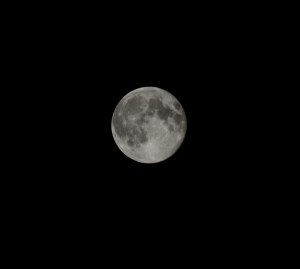The full moon officially arrives at 6:53 p.m. EST on Valentine’s Day, Friday, February 14. As the moon rises shortly after sunset, look for a brilliant companion. Representing the heart of Leo the lion, Regulus, a blue-white stellar giant, is about 3.5 times larger than our sun and is a youngin’ when it comes to star lifetimes, at about 300 million years old.
You’ll get another chance on Saturday evening to see the pretty pair as the moon pulls away from Regulus and sinks closer to the horizon.
(Sarah the Leo dances around as she types this)

Over the next couple weeks, look towards the low southeastern sky at dawn and witness the morning star, otherwise known as Venus. On Saturday, February 15, Venus will shine at an impressive magnitude of -4.9, which is the brightest it can get in our skies. Venus shines 10 times brighter than Jupiter, which is also visible in our evening skies during February
Wake up early on the 15th or anytime during the following week-you don’t want to miss this because Venus won’t appear this bright and high in Earth’s skies again until 2015.
A total lunar eclipse occurs when the Moon passes completely through the Earth’s dark shadow, or umbra. During this type of eclipse, the Moon will gradually get darker and then take on a rusty or blood red color. The eclipse will be visible throughout most of North America, South America, and Australia.
See a detailed map of the Total Lunar Eclipse here.

